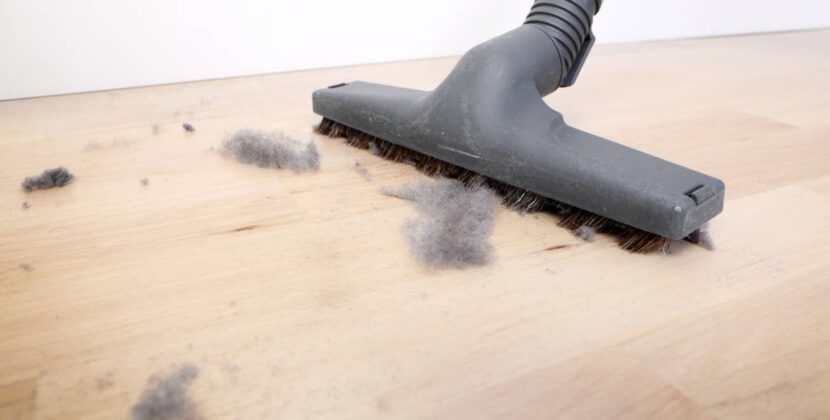Category: Health
- Home
- Health
Popular Post

How Early Should I Plan My Wedding Catering? (163)
- Blog Explaind
- December 11, 2024

GoPro Hero 10 Black Review in 2022 (131)
- Blog Explaind
- January 12, 2022

Benefits of Mindfulness Meditation (125)
- Blog Explaind
- March 5, 2023

Pest Control in Australia: How Often and the Costs? (91)
- Blog Explaind
- December 20, 2024

The Science Behind Zone 2 Running: Fat Loss and Endurance (85)
- Blog Explaind
- March 25, 2025
Newsletter
Weather
light rain
25℃
humidity: 97%
wind: 2.74 km/h
-
25℃Tue
-
26℃Wed
-
30℃Thu
-
32℃Fri
-
32℃Sat
-
26℃Sun
-
30℃Mon










